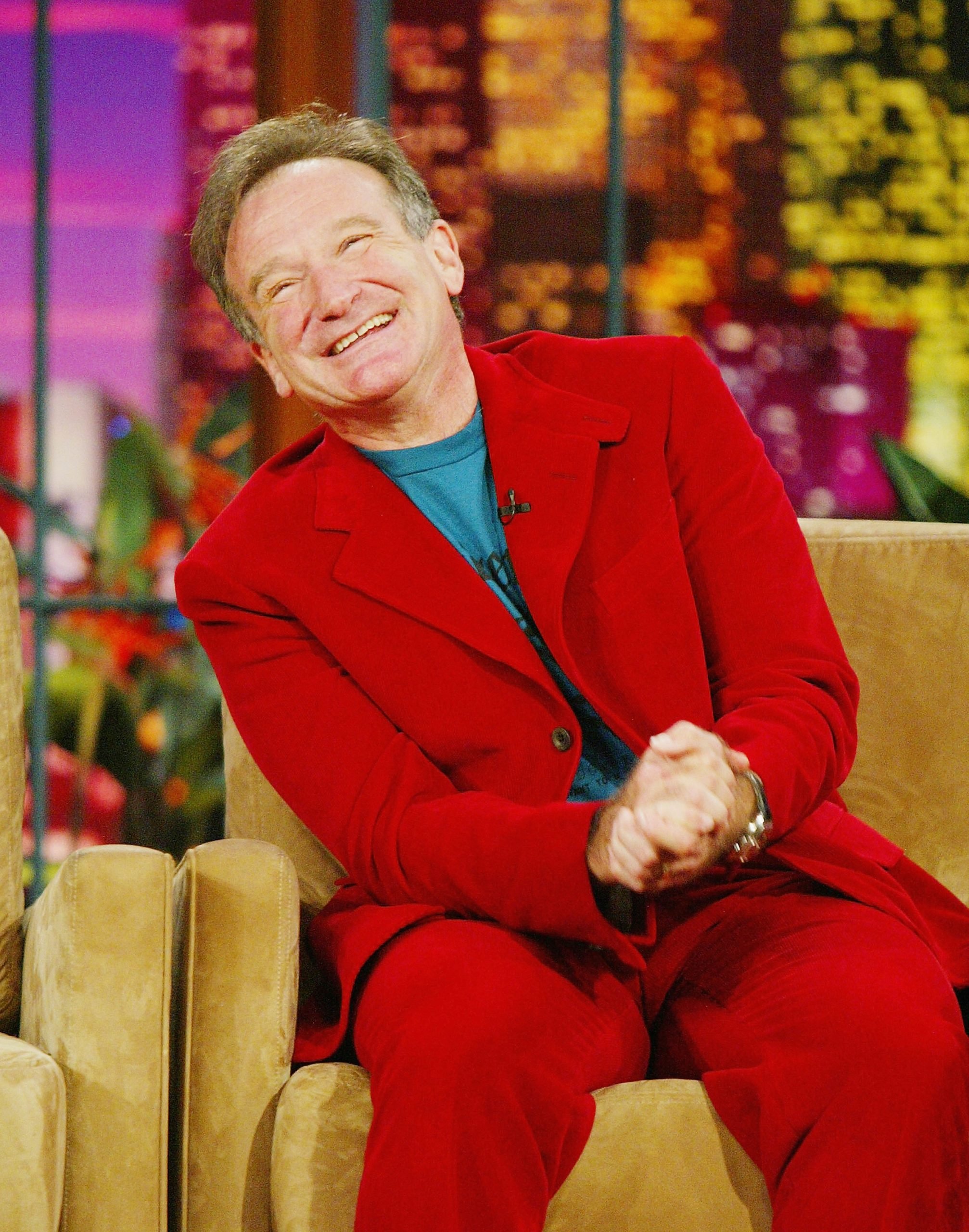
The late actor and comedian Robin Williams is best known for his roles in The Birdcage, Good Will Hunting, and Night at the Museum. But off the big screen, he was also an art collector. One viral anecdote recounts how the Disney corporation allegedly sent Williams a Pablo Picasso painting to settle a dispute around his involvement in Aladdin (1992). But, questions remain regarding the artwork.
Aladdin writers Ron Clements and John Musker wrote the animated character of Genie with Williams in mind. Disney typically paid their voice actors “scale,” or the minimum allowed by their union, which at the time was $75,000. Meanwhile, Williams’s going rate was $8 million per film. But, the actor took the gig, he said, because he wanted to leave a gift for his children.
Williams did offer a few stipulations, though. He didn’t want the Genie to feature in more than 25 percent of the film’s accompanying advertising materials, and he didn’t want his voice used to hawk merchandise, “as in Burger King, as in toys, as in stuff,” he said on NBC’s Today Show.
In the studio, Williams had such a blast that he gave Disney 30 hours of improvised dialogue. As a result, the charismatic blue-skinned character was thrust from the background to center stage, emerging as the film’s true star.
Robin Williams dances with the genie at a party for the impending release of “Aladdin and the King of Thieves”. (JOHN T. BARR/AFP via Getty Images)
Then, Disney betrayed Williams’s boundaries. First, Genie ended up inhabiting about a third of the film’s poster. Legend has it that Williams complained to Disney chairman Jeffrey Katzenberg, who had the poster updated and replaced—though only in venues he thought Williams might see. Then, Williams claimed that Disney used his voice in advertisements. The actor’s work on Mork & Mindy during the 1970s had spawned lunchboxes, but that was a character. Williams considered the Genie his likeness.
So, Williams started criticizing Disney publicly whenever he could. At first, the company argued that he was just salty about not demanding more money for the eventual hit at the outset. Then, they tried sending Williams a Picasso to silence him. Although New York Magazine valued the artwork at $1 million in 1993, the gesture apparently only enraged Williams further. For one, he found the artwork so ugly that he never hung it up in his maximalist home. Comedic actor Eric Idle recommended he burn it on TV, which even Williams found a little harsh. Instead, the actor considered giving the work to Creative Artist Agency co-founder Michael Ovitz’s son for his bar mitzvah.
Ultimately, Williams only got over the dispute when Katzenberg left Disney, and his replacement, Joe Rhohde, apologized, paving the way for Williams’s appearance in the third Aladdin film, after skipping out on the second.
Pablo Picasso, Self Portrait (1901). Collection of the Musée National Picasso-Paris.
The mystery of which Picasso painting Williams received, however, remains unsolved. According to New York Magazine, the work was a late Picasso, “from a series of Picasso self-portraits in which he imagines himself as other artists; here he’s a one-eared Van Gogh.”
Picasso painted 30 self-portraits throughout his seven-decade career, amassing a visual autobiography of his stylistic evolution. But, no evidence exists that Picasso ever created this particular series—leading one intrepid YouTuber to question whether the work was a fake. What’s more, the painting didn’t appear amongst Williams’ Banksy and Niki de Saint-Phalle pieces when his art collection went to auction four years after his tragic death. Nonetheless, the story of this enigmatic painting retains its infamy.